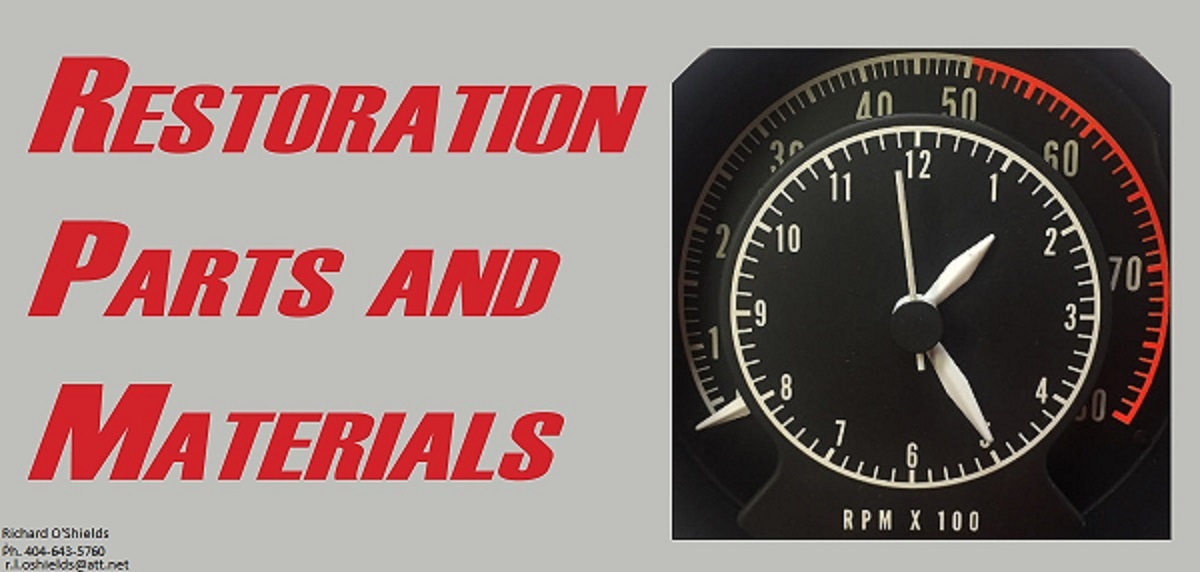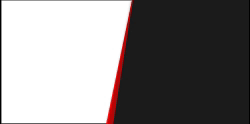Now you know that's not true Steve! I'm very proud to own a California NYB! And while we may have a different political point of view, I still respect you and your opinions..... no matter how wrong they are.Only kidding!
Oh and by the way, you're right, mine runs great!
I know it does Kenny - it was my groups' calibration completely. I had responsibility for all the 1978 and 1979 318-4 and 360-4 bbl calibrations in those years for California. California in 1977 recalled all the 318-2 bbl CA cars - CARB couldn't run an official quality audit emission test because of multiple pass outs during warm up even at 76 degrees F (those calibrations were done by the proving grounds as usual - and they were all crap from 1973 and up in California, and federal cars too, but the federal ones weren't quite as bad). CARB also said those cars were a driving hazard, and that is what I had been saying to managment as well. I was stationed in CA to remedy any problems that came up, and I had been complaining a lot about the junk being developed for CA - the proving ground actually told me when I complained that "they didn't care - CA was the land of fruits and nuts" - I kid you not! I had also been talking to the chief engineer about where this was headed and when the recall hit, it cost Chrysler a lot of money and bad press, so he let me take over the CA calibrations for 1978 and up for the 318 and 360. But due to designated responsbilities, I could not touch the 2 bbl calibrations. So I convinced him to let me do them as TQ calibrations instead then for California only. As a result, there were no 318 or 360-2 bbl cars sold in CA in those years.
I had already been working on major improvements based on what I was seeing GM doing, because they knew how to utilize the catalytic converters that they helped develop that were used almost nationwide starting in 1975. Chrysler proving grounds still had no clue how to use them 2 years after introduction. So I worked with Carter with their TQs to develop fuel flow curves that were richer off idle and cruise and during hard acceleration and also used less exhaust gas recirculation and retarded timing to meet emission standards than Chrysler's lean burn junk based on what I saw GM doing. Richer mixtures actually reduced combustion temperatures in those areas of operation than lean ones that increased nitrogen oxides, thereby allowing less use of EGR and retarded timing. I had a test car built up by the two guys who worked for me in Detroit and they just slipped it into the chief engineer's drive home pool car fleet without his knowledge to let him drive it and evaluate it overnight. The next morning when he came into the office, he wanted to know what was in that car - it drove flawlessly - better than the federal cars. When he found out it had been done by my group and actually passed emission tests with plenty of margin, I got the assignment to develop all the 4bbl calibrations, and that was all that was allowed in CA cars in 1978 and 1979 and the same TQ carburetor calibrations were used on the federal 4 bbls as well. But the 2 bbls federally didn't run as well. The only thing I didn't get from the chief engineer (his name was Dick Goodwillie) was a unique 318-4 bbl manifold for cost/volume reasons, so the 318 had to use the 360-4 intake manifold. The reality was that the intake runners were a little too big for the best velocities of fuel/air charge into the cylinders for a 318, so torque developed for that configuration wasn't optimal, but at least it was more than adequate and smooth without driveability issues. The 360-4 was optimal in every way though. Enjoy Kenny.
Sorry for the interuption here, so lets get back on topic................


















